Domus Aurea
The engineering wonder and pleasure dome of a much-maligned emperor still holds undiscovered secrets.
The Great Fire of Rome in 64 CE left much of the city in ruins. On the Oppian Hill, where the homes of Rome’s elite used to stand, the emperor Nero built himself a gigantic palace known as the Domus Aurea, or Golden House.
Despite the extravagant detail he insisted it had, Nero never lived in the Domus Aurea full time; the house was strictly for pleasure. And what pleasure there was! Walls inlaid with ivory, acres of the finest marble, artificial lakes, mosaics spreading over the ceilings, and possibly most amazing for the time, a revolving dining-room ceiling that dropped perfume and rose petals on reveling guests, were all located on the grounds. “At last,” Suetonius has Nero say, upon moving in, “I am beginning to live like a human being.”
The Golden House was shunned and despised by Nero’s successors who saw the site as a symbol of the waste and hubris of Nero. In the years after his death the Domus Aurea was swiftly buried beneath further construction. Paradoxically, it was this speedy burial that led to the site’s preservation. Buried under shame and centuries of construction, the pleasure dome lay undiscovered until the 15th century, when a young man fell through a crack in the hillside and found himself in the echoing chambers of Nero’s abandoned palace. Soon, the greatest artists of the Renaissance, Michelangelo and Raphael, were lowering themselves down carefully into the ruins of the Golden House, creeping through its halls and chambers, and memorizing every detail of its intricate frescoes.
Once discovered, the Golden House could not endure in its pristine condition for long. Damp and rot attacked the delicate paintings, and careless visitors (including Casanova and the Marquis de Sade) scratched their names on the walls. Rains eventually led to the collapse of ceilings and vaults and the once-bright frescoes faded to muddy outlines.
Know Before You Go
The Domus Aurea is open for tours only on weekends, available through Italy's Coop Culture website, as it is still an active archeological site. Directions for finding the entrance are sorely wanting, and many visitors have wandered the Colle Oppio park, lost in the shadows of the Colosseum and other ancient ruins. To avoid getting lost, enter the park at Via Labicana and Via Nicola Salvi, across the street from the Colosseum, and don't trust Google Maps, which will put you at the back of the ruins and force you to navigate the park in search of the entrance.
Community Contributors
Added by
Edited by
Plan Your Trip
The Atlas Obscura Podcast is Back!


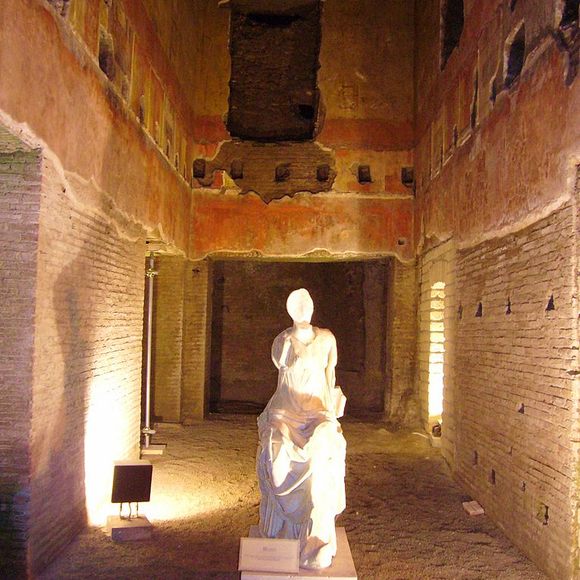



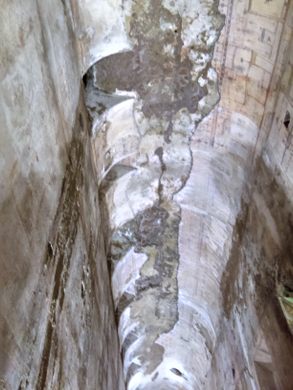
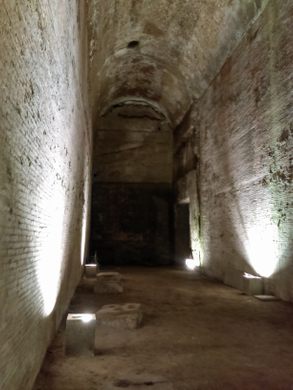

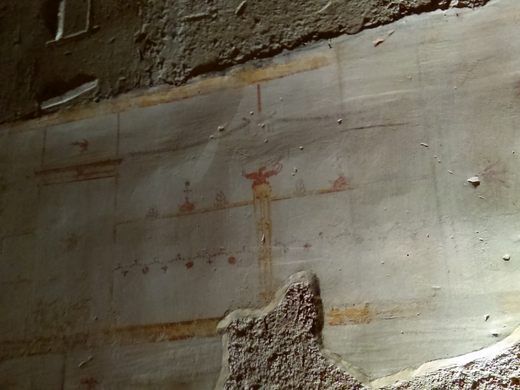
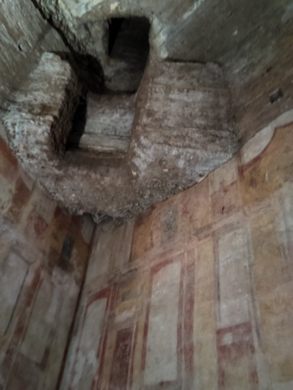

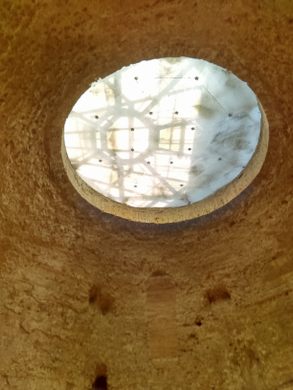
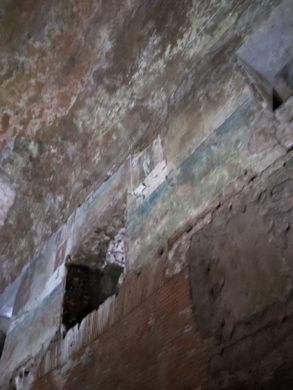
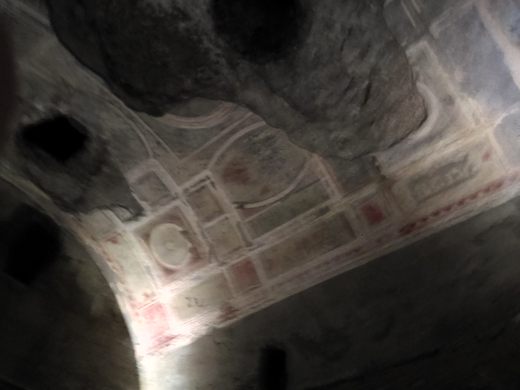
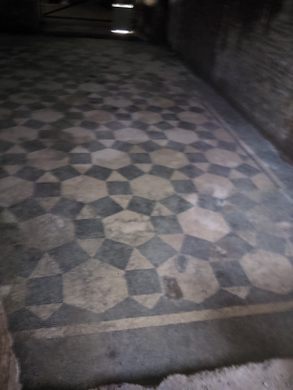








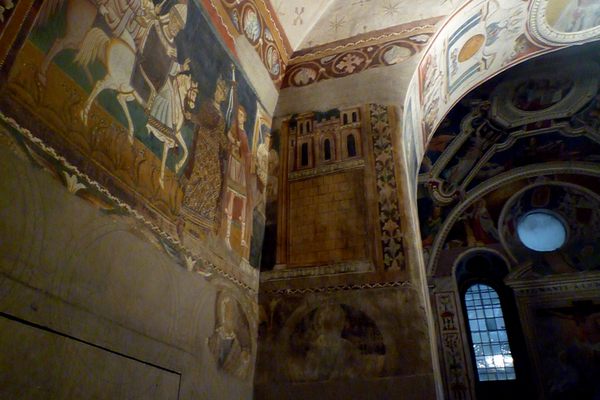
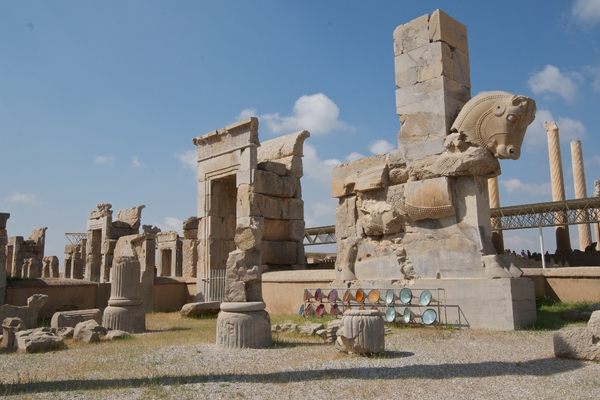


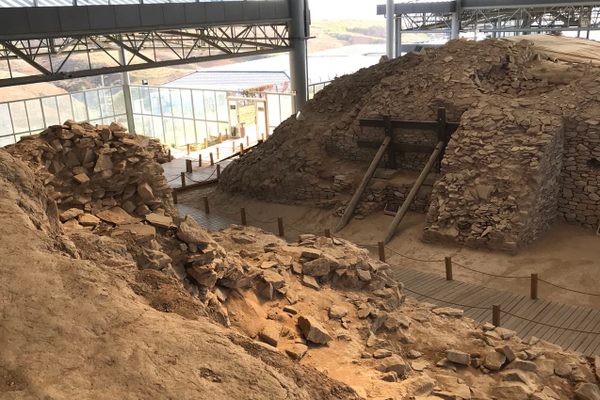



Follow us on Twitter to get the latest on the world's hidden wonders.
Like us on Facebook to get the latest on the world's hidden wonders.
Follow us on Twitter Like us on Facebook